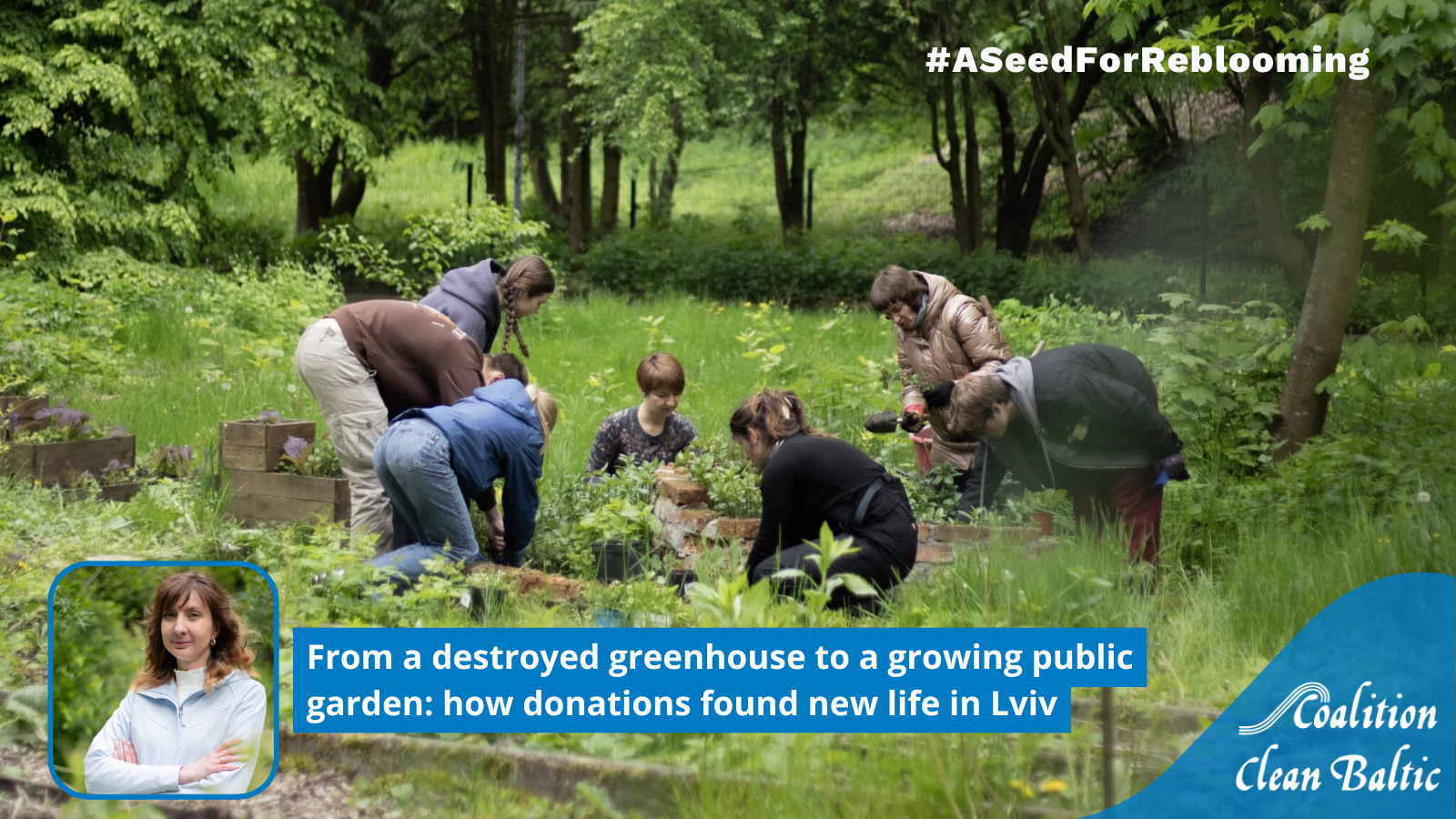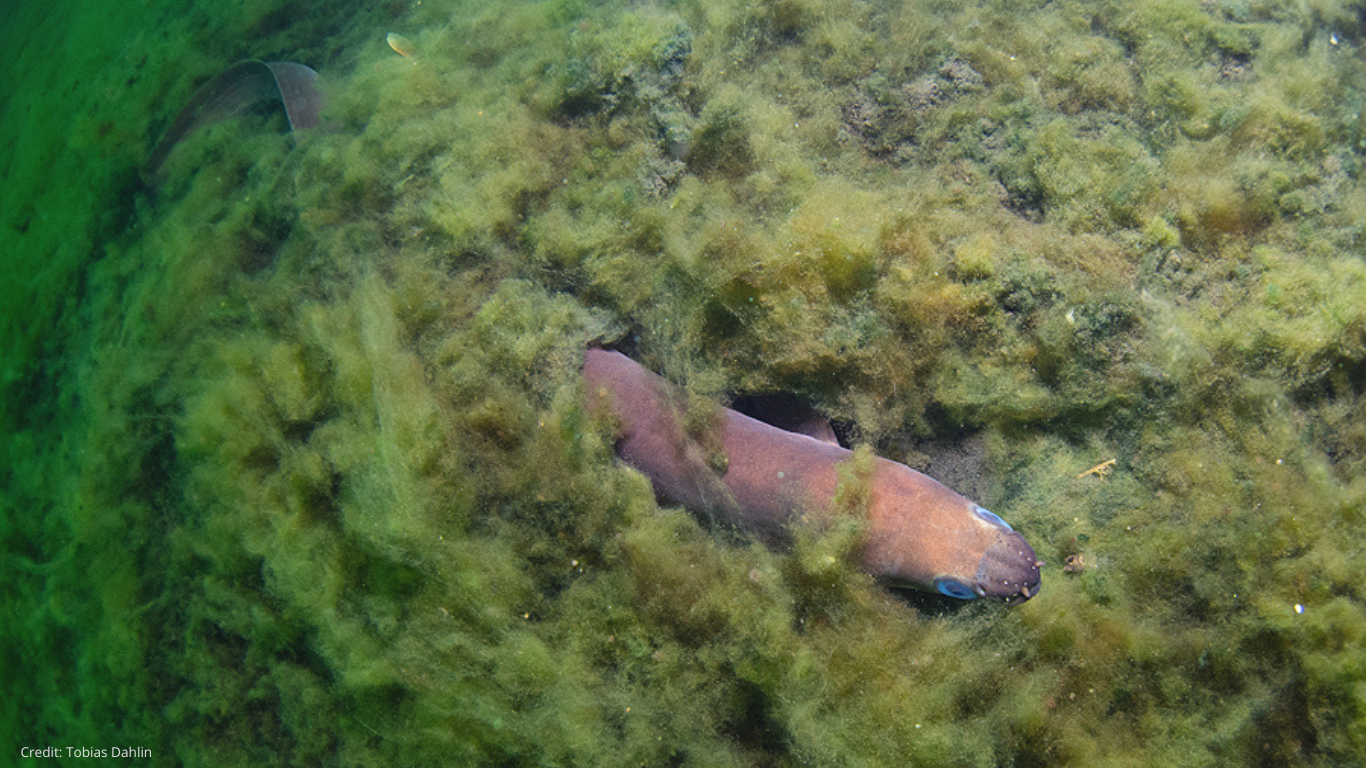International Day of the Baltic Harbour Porpoise
Baltic Harbour Porpoise Needs Protection
The Harbour Porpoise ( Phocoena phocoena ) is the only species of cetacean native to the Baltic Sea. It is estimated to consist of approximately 450 animals and is classified by the Swedish Species Information Centre (Artdatabanken) to be critically endangered. Porpoises are also listed in the EU Habitats Directive and protected by UNEP (the United Nations Environment Programme) under the Agreement on the Conservation of Small Cetaceans in the Baltic – ASCOBANS.
Courtesy of Olga Caprotti
In 2002, ASCOBANS declared the third Sunday in May of each year as the “International Day of the Baltic Harbour Porpoise” (IDBHP) in order to raise awareness of the critical situation.
The main threats to the Harbour Porpoise
The significant decline is largely due to human activities. Despite imposed measurements such as the EU banning drift-net fishing in the Baltic Sea in 2008 as well as commanding the use of ¨pingers¨ – acoustic porpoise detectors – on fishing gear, by-catch is still considered the greatest threat through the entanglement in fishing nets.
Other severe threats include underwater noise (for example due to boat traffic and construction of wind farms and gas pipelines), over-fishing and habitat degradation (for example due to oil extraction). Also, being a top predator, porpoises are vulnerable to the increasing levels of environmental toxins – harmful substances – such as flame retardants and surface coatings.

SAMBAH results: relative density of porpoises © SAMBAH
Data on distribution and abundance
During 2011 to 2013, a research project called SAMBAH (Static Acoustic Monitoring of the Baltic Sea Harbour Porpoise) identified the breeding and feeding grounds of the porpoises through acoustic monitoring across the Baltic Sea. The results are shown on this map:
The data discovered that during the summer breeding season, when females give birth and mating takes place, the Baltic population has been found to be concentrated mainly around the Midsjö offshore banks southeast of Öland. That is, their reproduction takes place mainly in Swedish waters. This kind of information is crucial in order to determine which measures should be taken to ensure their effective protection.
CCB proposals for action
Urgent action is needed to save the Baltic Harbour Porpoise from extinction and raising public awareness plays an important role in supporting effective conservation action. CCB has published brochures , summarizing the critical situation of the Baltic Harbour Porpoise and proposals for action. Here are some of the needed actions:
- establish more marine protected areas with particular focus on porpoises, and with measures aimed at protecting them such as seasonal restrictions on net-fishing, realigning shipping routes and restriction of underwater installations.
- strengthen efforts to reduce bycatch in fishing nets through better implementation and more effective rules concerning acoustic transmitters.
- limit the use of sonar frequencies below 150 kHz.
- start a permanent monitoring program, starting where the population is denser, in order to increase knowledge about the species and its state and to improve conservation efforts.


